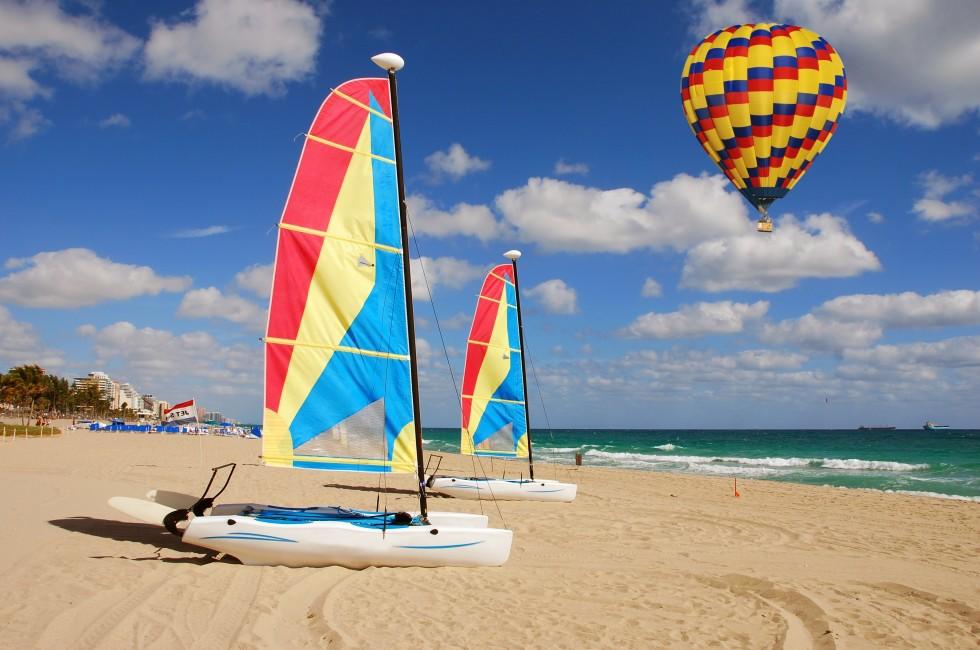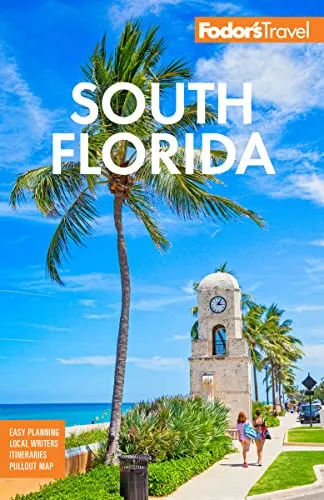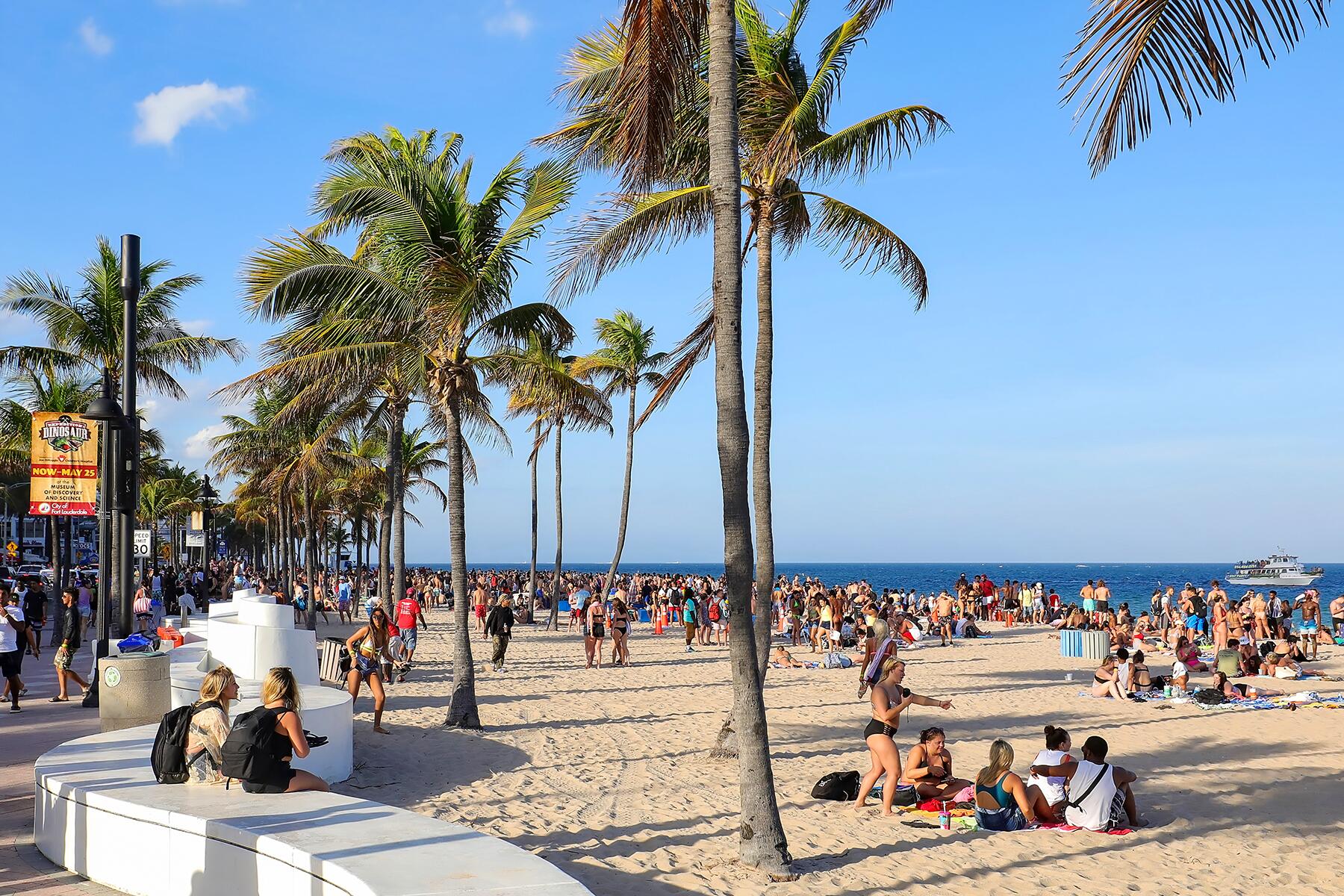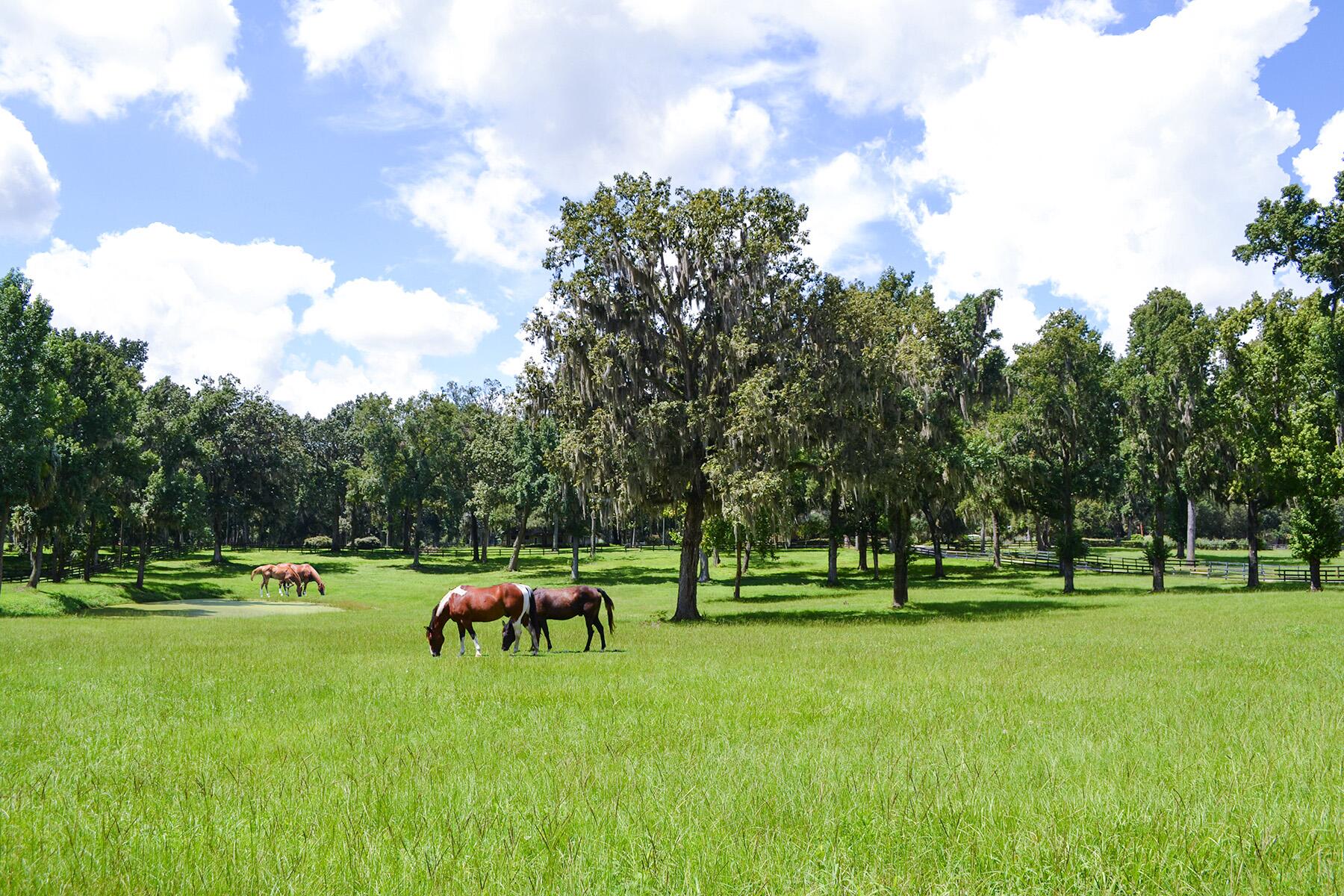Fort Lauderdale and Broward County
Fort Lauderdale and Broward County
It was only a matter of time before the sun-soaked streets of Fort Lauderdale faced an identity crisis. What was once a hotbed of dive bars, diners, and all-day beach parties is now a more upscale destination with a deeper focus on quality in the pursuit of leisure. The city has more notable eateries and world-class hotel brands than ever, and, fortunately, the upscaling doesn't follow Miami's over-the-top lead. Fort Lauderdale is still a place where flip-flops are acceptable, if not encouraged.
Along the Strip and west to the Intracoastal, many of the midcentury-modern boutique properties are trying to preserve the neighborhood's vintage design aesthetic. Somehow Greater Fort Lauderdale gracefully melds disparate eras into nouveau nirvana, seasoned with a lot of sand. This could...
Read MoreIt was only a matter of time before the sun-soaked streets of Fort Lauderdale faced an identity crisis. What was once a hotbed of dive bars, diners, and all-day beach parties is now a more upscale destination with a deeper focus on quality in the pursuit of leisure. The city has more notable eateries and world-class hotel brands than ever, and, fortunately, the upscaling doesn't follow Miami's over-the-top lead. Fort Lauderdale is still a place where flip-flops are acceptable, if not encouraged.
Along the Strip and west to the Intracoastal, many of the midcentury-modern boutique properties are trying to preserve the neighborhood's vintage design aesthetic. Somehow Greater Fort Lauderdale gracefully melds disparate eras into nouveau nirvana, seasoned with a lot of sand. This could be the result of its massive territory: Broward County encompasses more than 1,100 square miles of land—ranging from dense residential enclaves to agricultural farms and subtropical wilds. But it's the county's beautiful beaches and some 3,000 hours of sunshine each year that make all this possible.
Fort Lauderdale was named for Major William Lauderdale, who built a fort in 1838 during the Second Seminole War. It was incorporated in 1911 with only 175 residents, but it grew quickly during the Florida boom of the 1920s, and it became a popular spring break destination in the 1960s. Today's population is more than 178,000, and the suburbs continue to grow. Of Broward County's 31 municipalities and unincorporated areas, Fort Lauderdale is the largest. And now showstopping hotels, a hot food scene, and a burgeoning cultural platform accompany the classic beach lifestyle.








